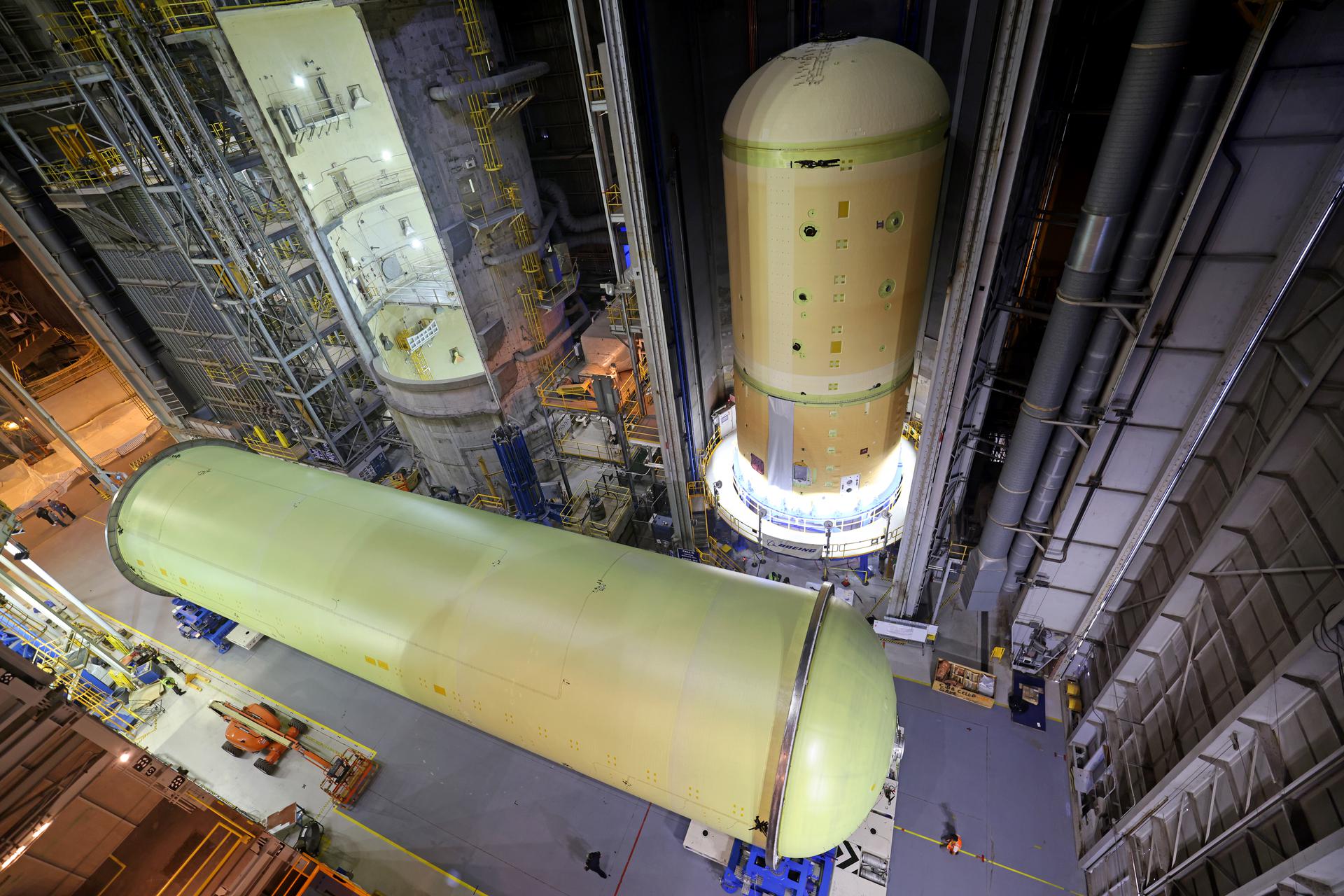In Today’s Deep Space Extra… Another space-related amendment has been submitted to the Endless Frontier Act. NASA, Boeing collaborate on optimizing the production areas at the Michoud Assembly Facility.
Human Space Exploration
NASA and Boeing working on optimizing SLS stage production at MAF
Coalition Members in the News – Boeing, Northrop Grumman
NASAspaceflight.com (5/24): Boeing has worked for two years on a strategy to optimize the production volume within NASA’s Michoud Assembly Facility in New Orleans for manufacture of the Space Launch System (SLS) core stage and the Exploration Upper Stage, which is to become part of the SLS Block 1B rocket upgrade. The optimization effort is expected to take about five years to complete, according to Jennifer Boland-Masterson, director of Boeing operations at the New Orleans facility.
Bernie Sanders wants to stop NASA funding for Blue Origin
Ars Technica (5/24): Senator Bernie Sanders (I-VT) introduced an amendment to the Endless Frontier Act, which is now under consideration by the full Senate, to remove language introduced earlier this month that seeks $10 billion in additional funding for NASA’s Human Landing System (HLS) program. The call for additional funding for HLS was first introduced into the act by Senator Maria Cantwell (D-WA). The $10 billion are intended to secure competition in the HLS program. In April, NASA picked only one company, SpaceX, to develop an HLS for the Artemis program’s initial lunar landing mission.
Space Science
NASA brands future Earth science missions as Earth System Observatory
SpaceNews.com (5/25): NASA announced a new effort to gather more sophisticated climate data called the NASA Earth System Observatory. The new project will include satellite missions intended to provide key information related to climate change, disaster mitigation, fighting forest fires and improving agriculture. Now in the formulation phase, the new observatory system is in response to the National Academies of Sciences, Engineering and Medicine’s Earth Sciences Decadal Survey from 2017. India’s Space Research Organization (ISRO) is a partner.
Why does the Moon turn red during a total lunar eclipse?
Space.com (5/24): Now at Super Moon status because of its close proximity to Earth, the Moon is expected to glow red during a lunar eclipse early Wednesday. Why red? It’s the Earth’s atmosphere with the light from the sun. During the eclipse, the sun, Earth and the Moon lineup so that the Earth’s shadow falls across the face of the Moon.
Opinion
Necessary but not sufficient: Presidents and space policy 60 years after Kennedy
Coalition Members in the News – Aerojet Rocketdyne, Boeing, Northrop Grumman
The Space Review (5/25): It takes more than the backing of a president to make strides in the exploration of space, writes Wendy N. Whitman Cobb, an associate professor of strategy and security studies at the U.S. Air Force’s School of Advanced Air and Space Studies. In the six decades since JFK’s historic speech to improve the nation’s Cold War standing by racing to the Moon with astronauts, the call for support for space exploration has matured. Today, that support must be bipartisan, recognize the significance of a growing space economy and the value of the space arena in displaying global leadership.
Other News
A race against time to replace aging military weather satellites
Coalition Members in the News – L3Harris, Lockheed Martin, Northrop Grumman, United Launch Alliance
SpaceNews.com (5/24): New U.S. military weather satellites are in development to replace the aging Defense Meteorological Satellite Program (DMSP) assets. Operational dates for the new system are estimated at 2024 and 2026. DMSP end of life is estimated to be between late 2023 and sometime during 2026. Potential gaps in service have not been ruled out. The four current DMSP spacecraft were launched between 1999 and 2009 and designed to last five years. The oldest, however, has operated for 17 years.

